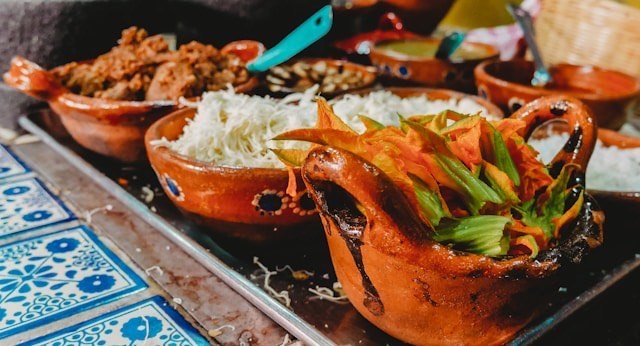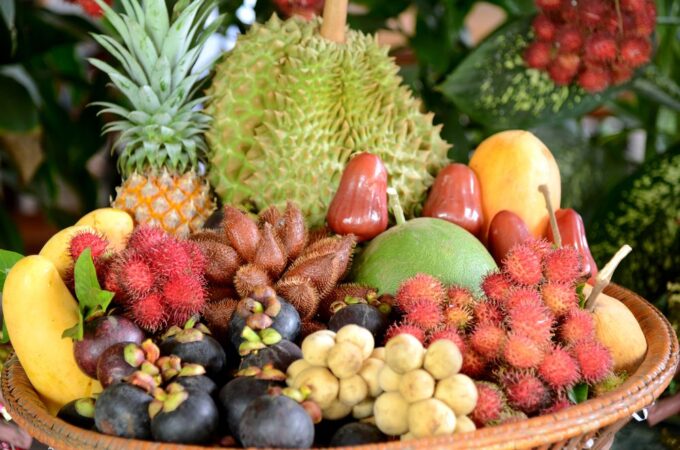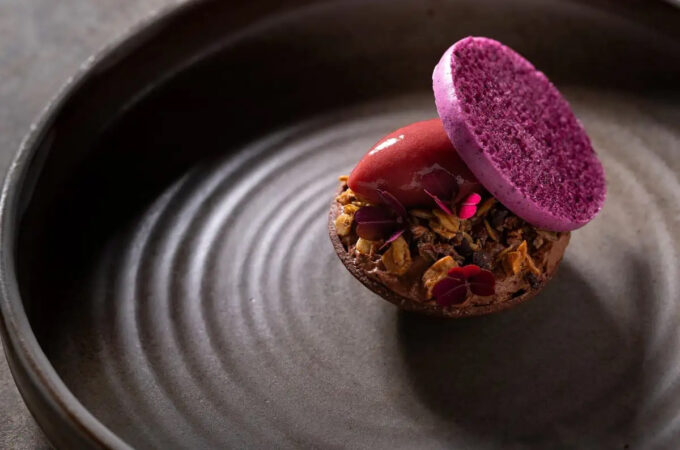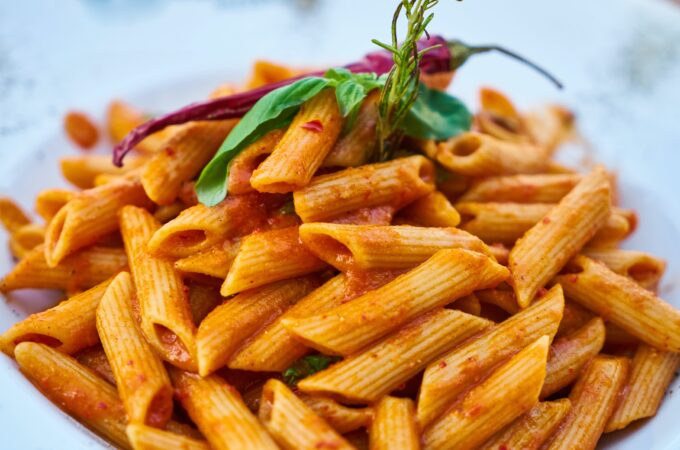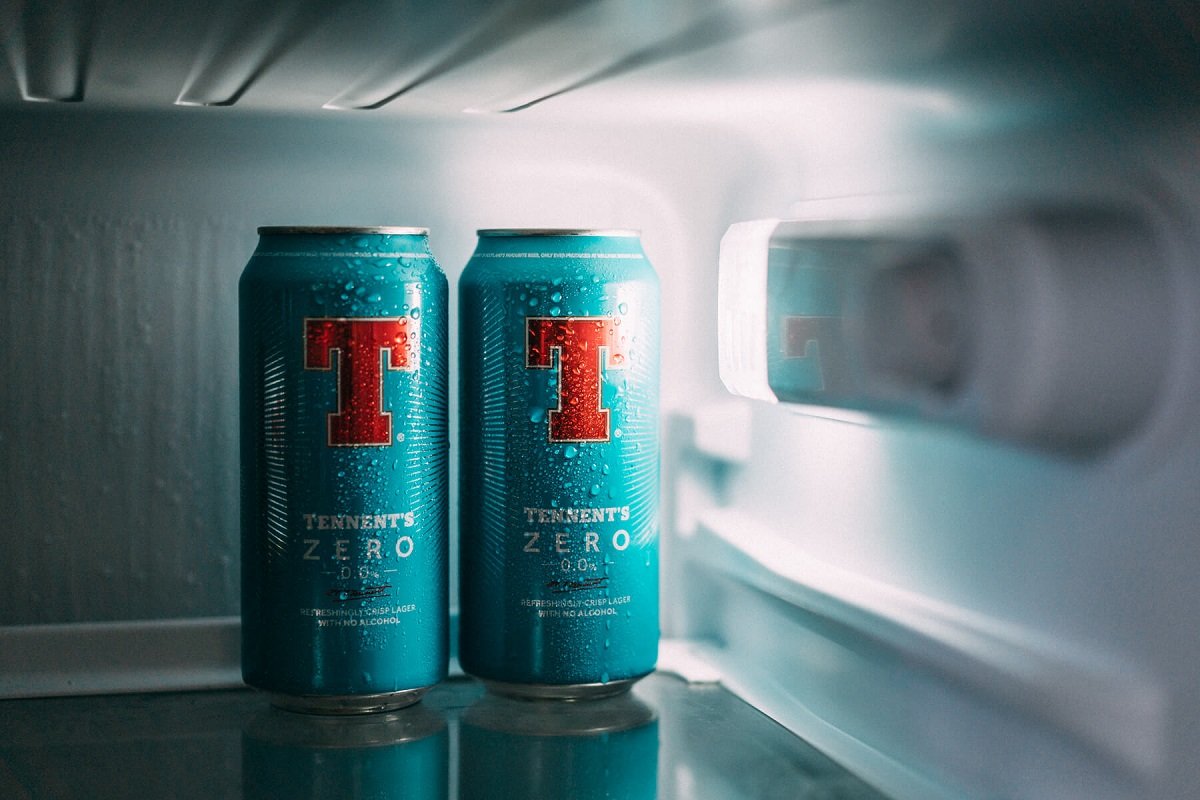
Is Alcohol-free the New Drinks Trend?
With the rise of alcohol-free and low alcohol drinks throughout the UK, about 48% of the UK population are now interested in these new drinks, and many more plan to drink more alcohol-free drinks in the future.
So why is there a massive increase in people turning to alcohol-free drinks? What does this mean for major businesses that focus their business on selling and producing alcohol? And what future do alcohol-free drinks have ahead of them?
Why is alcohol-free becoming more popular?
There are many reasons why people will choose to drink alcohol-free drinks, this could be for religious reasons, health benefits or personal preferences. Younger consumers (i.e. millennials) are actually the biggest demographic that has driven the increase in demand for low-alcohol and alcohol-free alternatives.
Where going for alcohol-free options used to have a certain stigma, this is now becoming more socially acceptable. Many people share and promote non-alcoholic beverages on their social media accounts, making the products trendy. Which has led to many millennials and younger customers finding alcohol less attractive than older consumers.

Are major drinks companies jumping on to the trend?
The increase in demand for tasty, alcohol-free beverages cannot be ignored by larger drinks manufacturers who have started jumping on the trend by offering versions of their popular drinks without any alcohol. This is the case for example of major beer brand Tennent’s who have recently introduced Tennent’s Zero, a 0% alternative to their popular lager: https://www.tennents.co.uk/our-beers/tennents-zero.
While alcohol-free beer is better known by the public, companies are now also releasing 0% alcohol versions of popular spirits including gin, vodka and other drinks like cider and aperitifs. Perfect for those who want the taste without the health risks and the nasty headache!
However, this opportunity does not come without its challenges. Aside from the usual hurdles that any new brand can encounter, alcohol-free brands need to make a name for themselves while addressing clichés that some people may have about the market.
The market is still young and expanding, so early adopters may benefit from releasing their drinks as the sector is still finding its marks, competition isn’t strong and the market isn’t saturated yet.
Diversifying is also a smart strategy for drinks manufacturers, covering different niches of the market that will not be affected by any tax increase.

So what does the future hold?
Surveys have shown that about 7 in 10 Scots want to drink more alcohol-free drinks in the future, showing that it is here to stay for the long run. With more millennials and younger customers abstaining from alcohol and being generally health-conscious, this is creating a growing market with increasing buying power.
With people also taking part in events like dry January – which has led to 72% of participants drinking less alcohol six months down the line – further increase in potential for no-alcohol beers is likely to be expected.
Overall, this is a new and exciting market that has a lot of potential. As it is a growing market that many young people and millennials are taking a liking to, we’re likely to not have heard the last of it! So keep an eye out the next time you are out with your friends or on social media because you will see that alcohol-free drinks will be the next thing everyone will be talking about.
